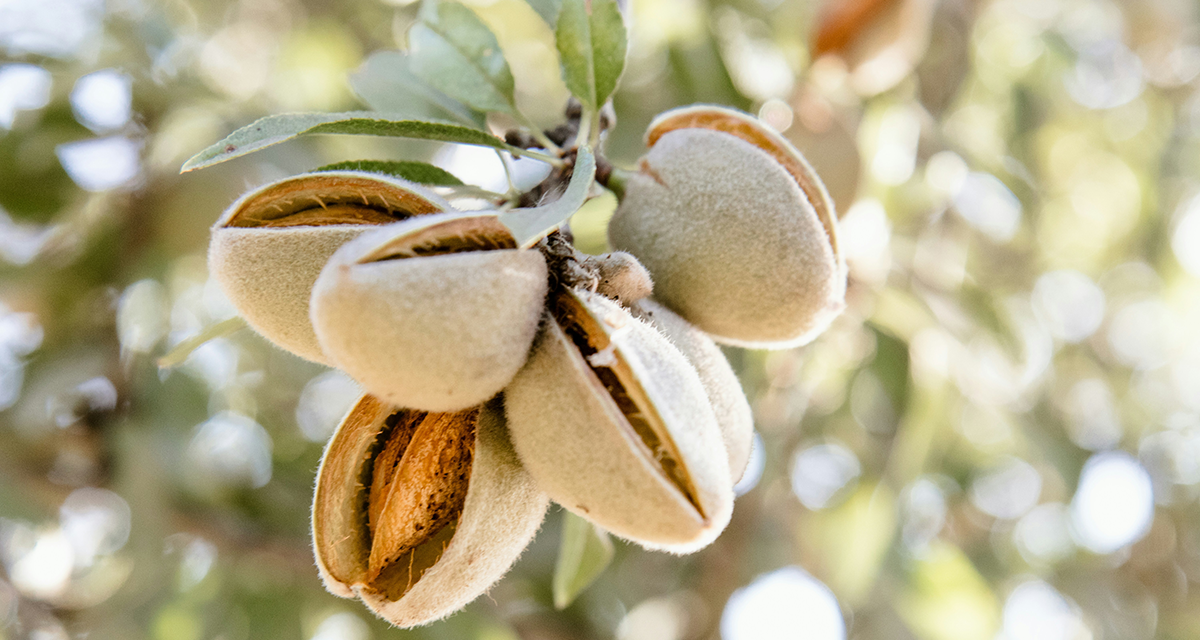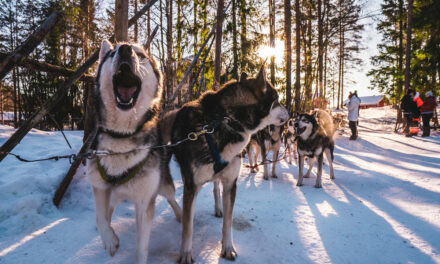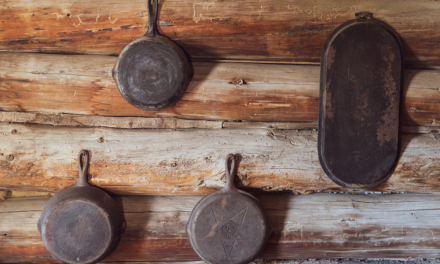My familiarity with Fresno began with family visits to my aunt and uncle, who lived amid the region’s expansive fruit orchards.
Later, my career led me back to managing fundraising walks at Chukchansi Park, home of the Fresno Grizzlies. These experiences prompted me to delve into the city’s history, uncovering a story of transformation and resilience.
The Formative Years: Establishment and Early Growth
Founded in the year 1872 by the great Central Pacific Railroad Company, Fresno started as a railway station.
It was the economic opportunities in agriculture that encouraged people to settle here, thanks to the fertile soil of the San Joaquin Valley. The city was incorporated in 1885, and with the introduction of irrigation systems, it began to flourish.
Agricultural Hub: The Raisin Capital
Fresno’s identity as an agricultural center was solidified when it became known as the “Raisin Capital of the World.”
The successful introduction of grapevines, which thrived in the valley’s climate, led to an economic boom. The annual Fresno Fair, established in the 1880s, celebrates the city’s agricultural heritage.
Challenges and Triumphs: The 20th Century
The 20th century brought both hardship and growth to Fresno.
It faced the nationwide struggles of the Great Depression but rebounded with the development of the Fresno Municipal Sanitary Landfill in 1937, the first modern landfill in the United States, which set a precedent for waste management.
The War Years: Shifts and Changes
During World War II, Fresno saw significant changes.
The establishment of Hammer Field, an air force base, brought a new dynamic to the city. Post-war, Fresno expanded with suburban development, reflecting the growing American dream of the time.
Modern Era: Diversification and Expansion
Fresno continued to grow, diversifying its economy beyond agriculture.
The city invested in public infrastructure, education, and cultural institutions.
The opening of California State University, Fresno, in the 1950s and the later expansion of the Fresno Art Museum and the Fresno Philharmonic showed a commitment to cultural enrichment.
Fresno Today: A City in Motion
Today, Fresno stands as the fifth-largest city in California, a testament to its continued growth.
It’s a hub for agriculture and industry, with a vibrant community that celebrates its diverse population.
Community Spirit: Events at Chukchansi Park
Chukchansi Park, where I’ve worked on numerous occasions, is more than a ballpark; it’s a gathering place that fosters community spirit.
The events held here, from baseball games to fundraising walks, reflect Fresno’s sense of unity and engagement.
The Fresno Fruit Tree Area: Agricultural Roots
My family’s connection to Fresno’s fruit tree area is a personal link to the city’s agricultural roots.
These orchards are a living heritage, embodying Fresno’s identity as a leader in agricultural production.
Q&A: Digging Deeper into Fresno’s Past
Q: What historical event do you think most shaped Fresno’s development?
A: The introduction of the raisin industry was pivotal. It not only defined Fresno’s economy but also its identity. The growth spurred by this industry laid the foundation for the city we know today.
Q: How has Fresno maintained its agricultural heritage while evolving into a modern city?
A: Fresno has managed to balance growth with preservation. The city has expanded its economic base while nurturing the agricultural sector that remains its heart.
Q: How has Fresno’s geographic location influenced its history and development?
A: Fresno’s location in the heart of the San Joaquin Valley has been central to its historical development. Positioned perfectly for agricultural abundance, it became a critical juncture for trade and supply in Central California. Its proximity to both the Sierra Nevada and the Central Coast has also allowed for a unique blend of outdoor activities that have attracted residents and tourists alike.
Q: In what ways have the cultural demographics of Fresno shaped the city?
A: Fresno’s culture is a tapestry of the diverse groups that have settled here, each bringing their own traditions and customs. From the Dust Bowl migration to the resettlement of the Hmong community after the Vietnam War, these cultural waves have enriched Fresno’s social landscape. This diversity is evident in the city’s food, festivals, and arts scene, making it a melting pot of experiences.
Fresno’s Continuous Journey
Fresno’s story is one of humble beginnings, economic booms, and the enduring strength of a community that values its history.
The city has grown from a small railway station to an agricultural powerhouse and a diversified metropolis.
As someone who has worked within the heartbeat of Fresno, I’ve come to appreciate the intricate blend of its past and present.
What does Fresno’s history tell us about the evolution of American cities? And what can we learn from its blend of tradition and progress?
Whether a resident or a visitor, Fresno invites you to discover its stories, celebrate its achievements, and contribute to its ongoing narrative.





